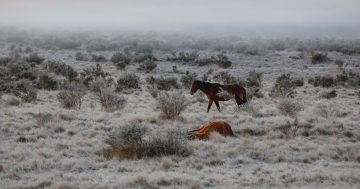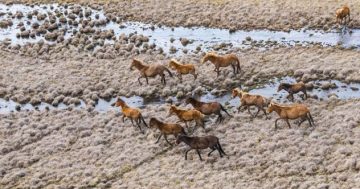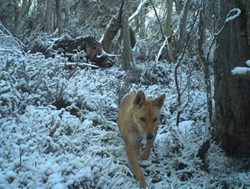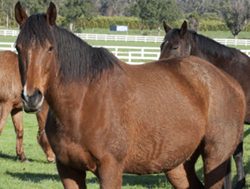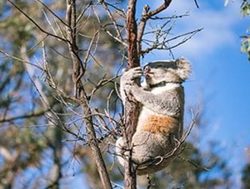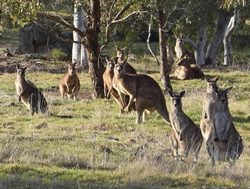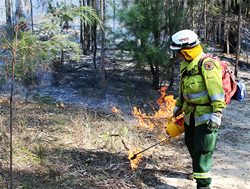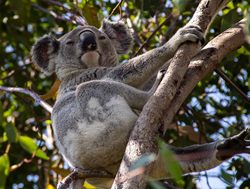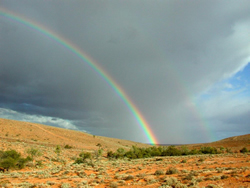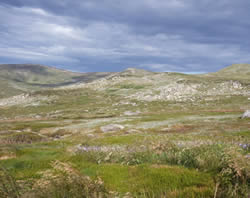 The National Parks and Wildlife Service (NPWS) has rejected media reports claiming its Kosciuszko wild horse management plan resulted in 11 horses bleeding to death in the National Park.
The National Parks and Wildlife Service (NPWS) has rejected media reports claiming its Kosciuszko wild horse management plan resulted in 11 horses bleeding to death in the National Park.
In a statement, NPWS said the 11 horses were culled (by ground shooting) in accordance with the highest animal welfare standards as part of the Service meeting its legal obligations under the Kosciuszko National Park Wild Horse Heritage Management Plan.
It said RSPCA NSW had independently responded to animal cruelty complaints and their investigation found no evidence of a breach under the NSW Prevention of Cruelty to Animal Act 1979.
“A number of statements have been made in the media that are incorrect,” NPWS said.
“For example, the horses did not bleed to death and they were not shot in the gut.”
It said the implementation of wild horse control was a sensitive and challenging issue for everyone and would be carried out to the highest possible standards.
NPWS said passive trapping and rehoming was prioritised, where practicable and consistent with the highest welfare outcomes, and aerial shooting was not permitted.
“All control measures undertaken by NPWS are in accordance with the highest possible animal welfare standards, with strict requirements developed in consultation with a range of experts,” the Service said.
“Stringent measures are in place to ensure public safety during control operations under the Wild Horse Heritage Management Plan,” it said.
“For example – formal safety risk analyses are undertaken; there is active reconnaissance of areas before control measures commence; and there are strict controls on where and when operations can occur.”
It said the Management Plan, including the requirement to reduce the population to 3,000 horses, was agreed to after more than two years of engagement with the community, including advice from a dedicated Community Advisory Panel, a Scientific Advisory Panel, the RSPCA (NSW) and other experts and Aboriginal stakeholders.
“There is clear scientific consensus that the number of wild horses in Kosciuszko National Park is too high and that any failure to reduce the population will result in significant, long-term damage to a globally important national park,” NPWS said.
The 30-page Kosciuszko National Park Wild Horse Heritage Management Plan can be accessed at this PS News link.


